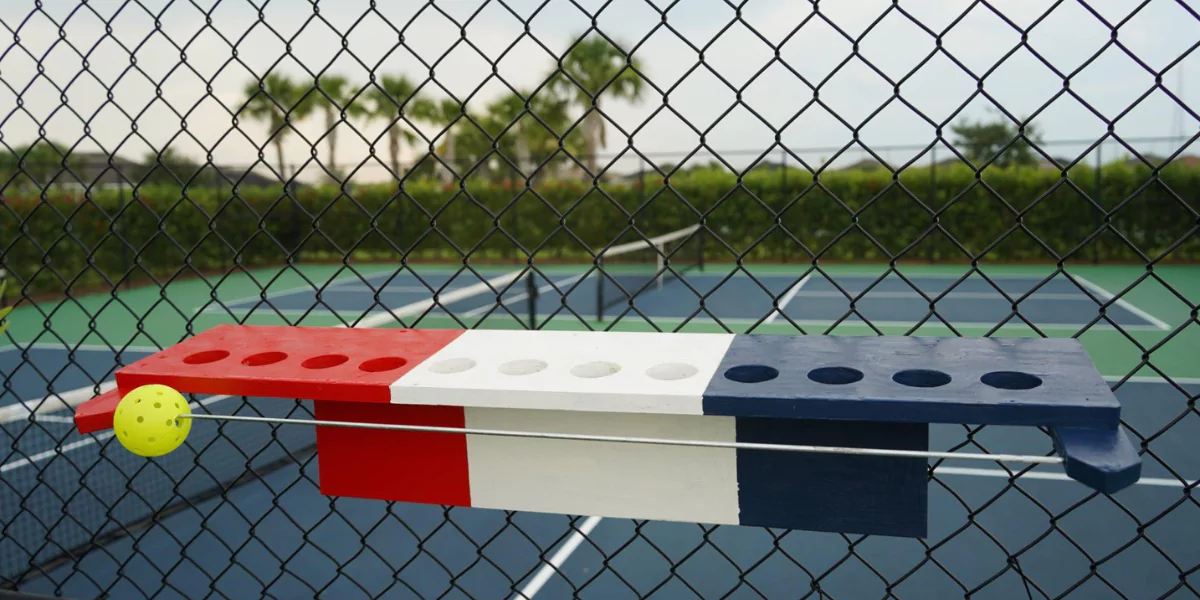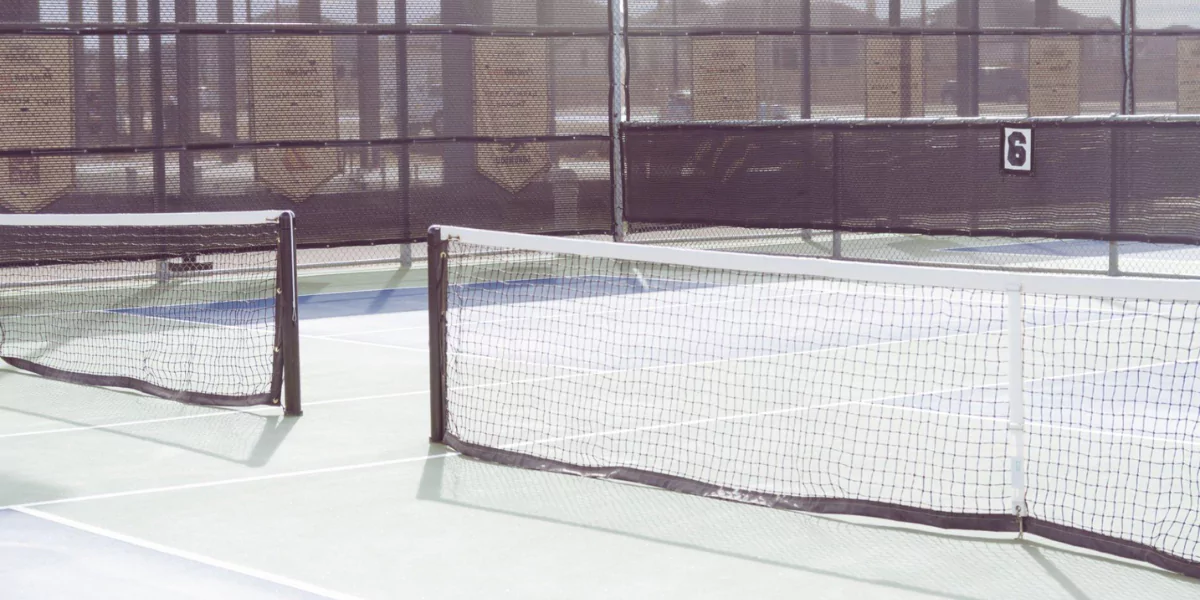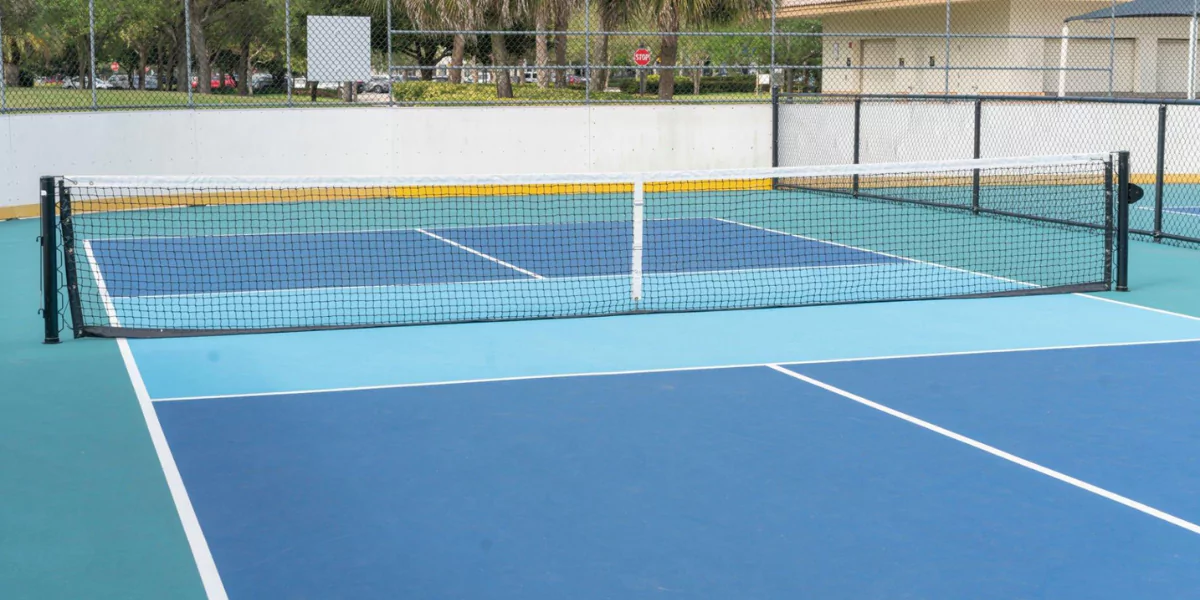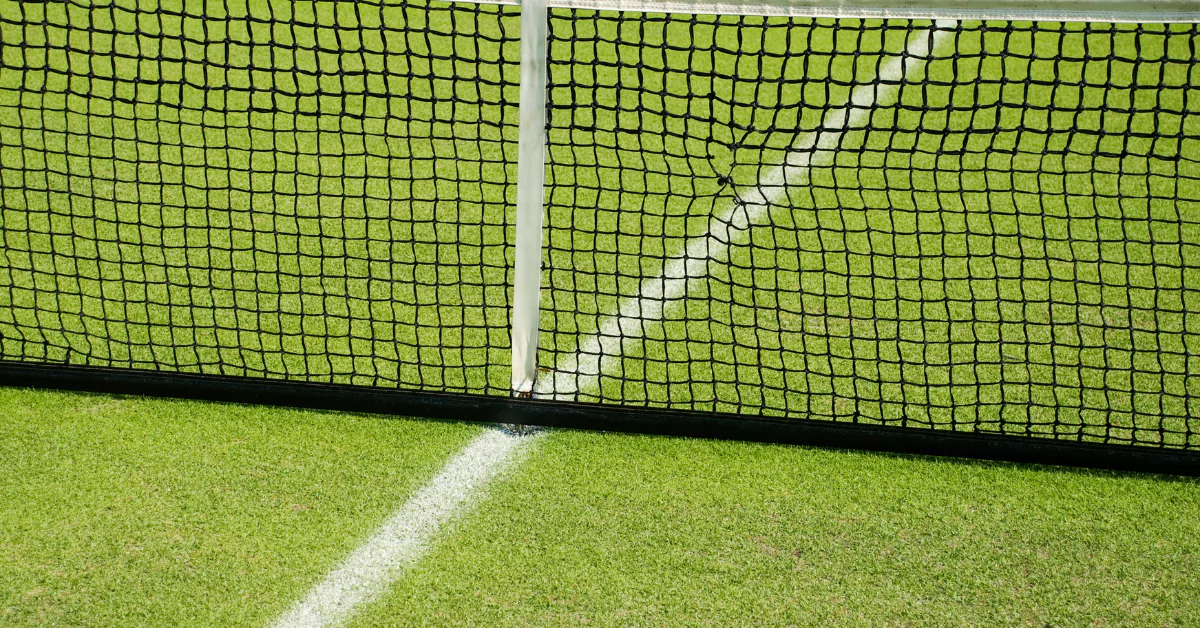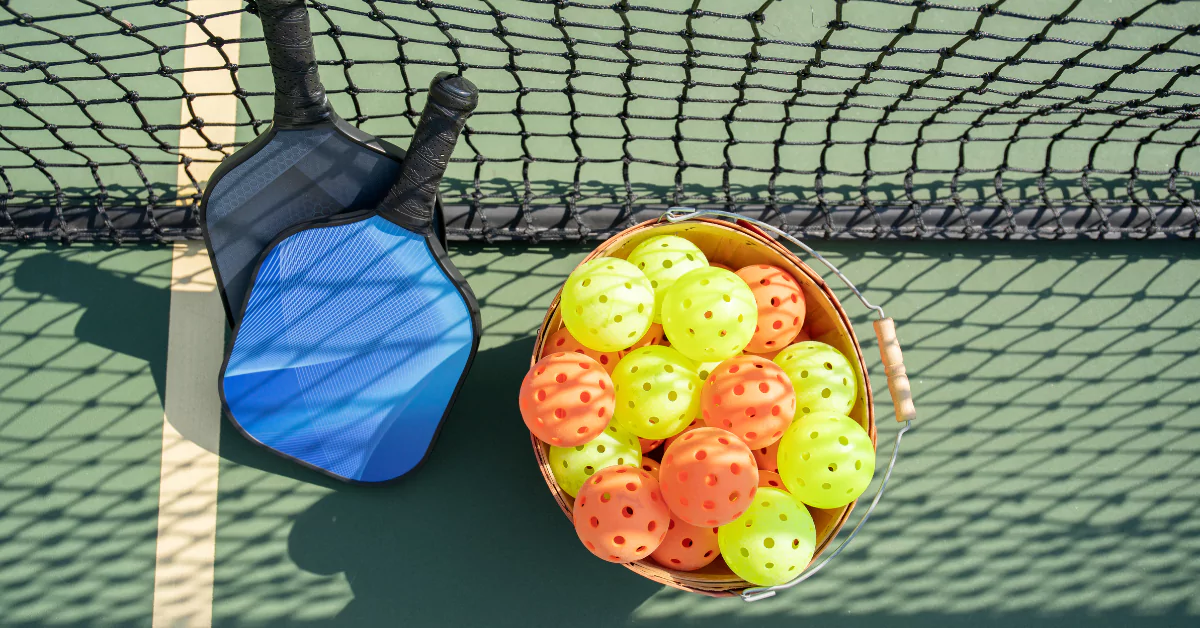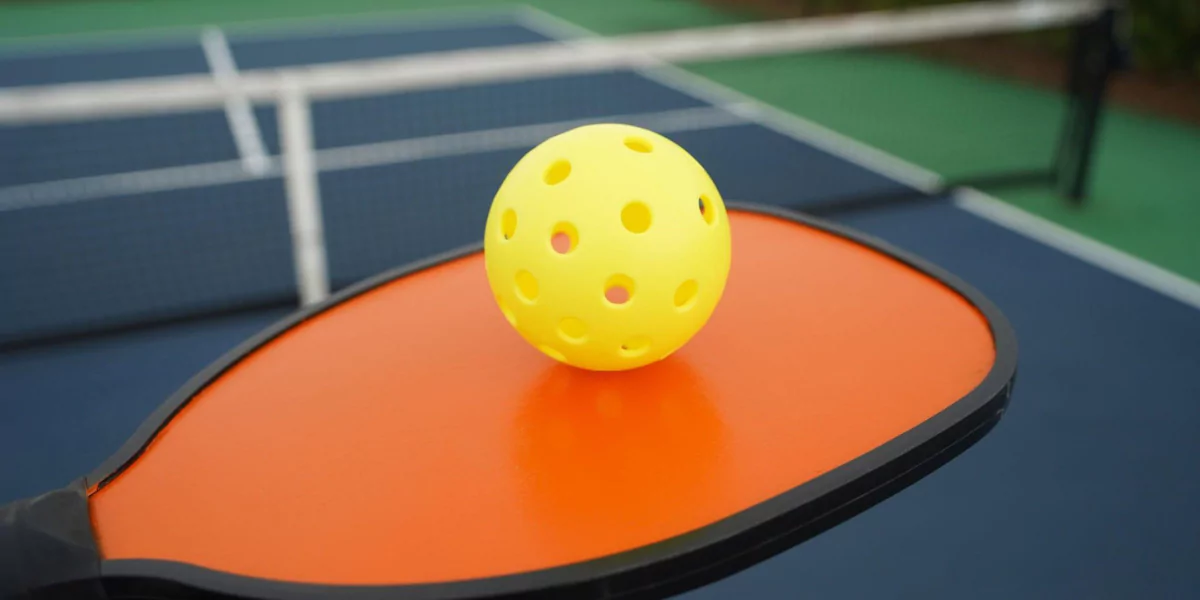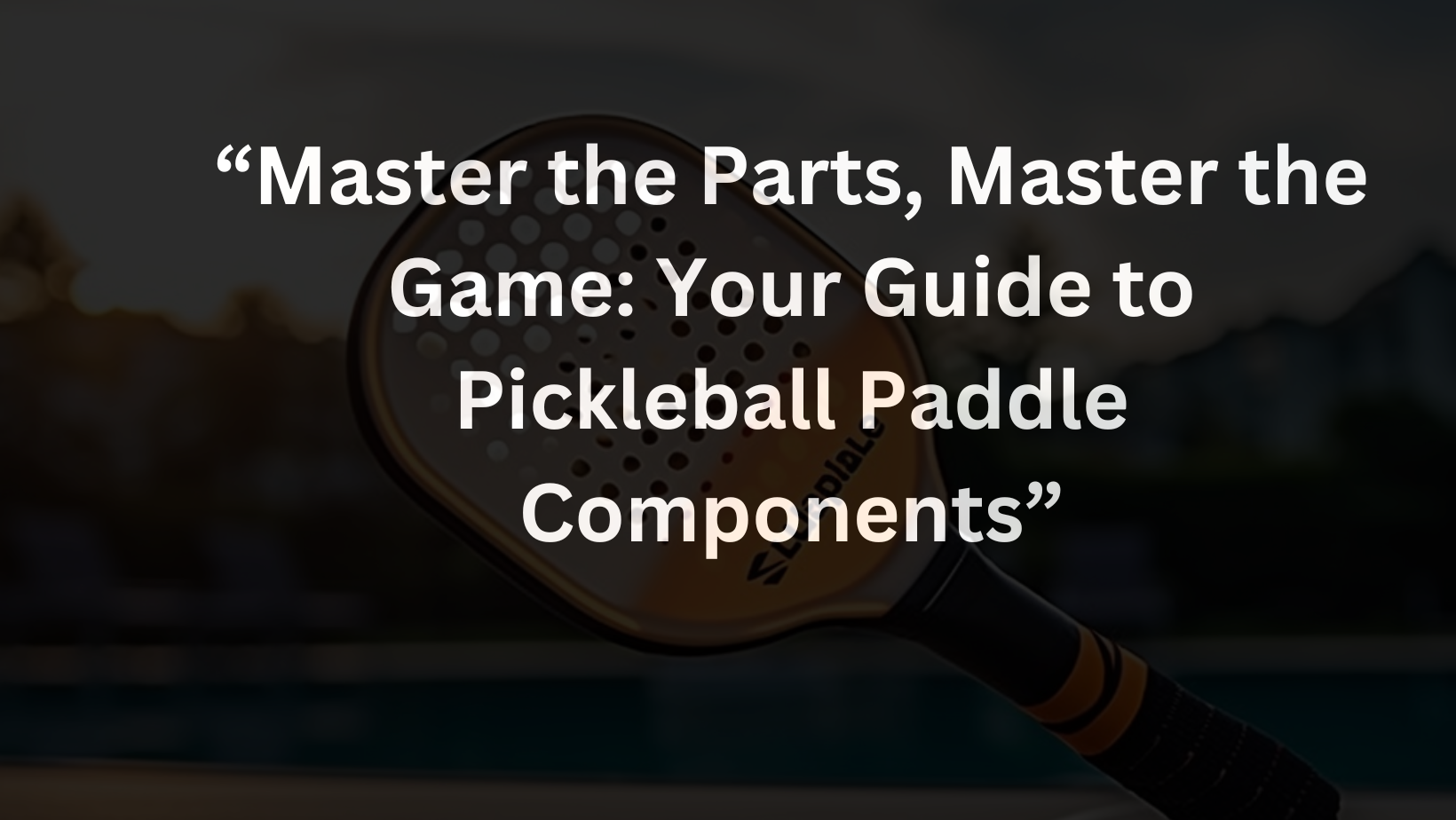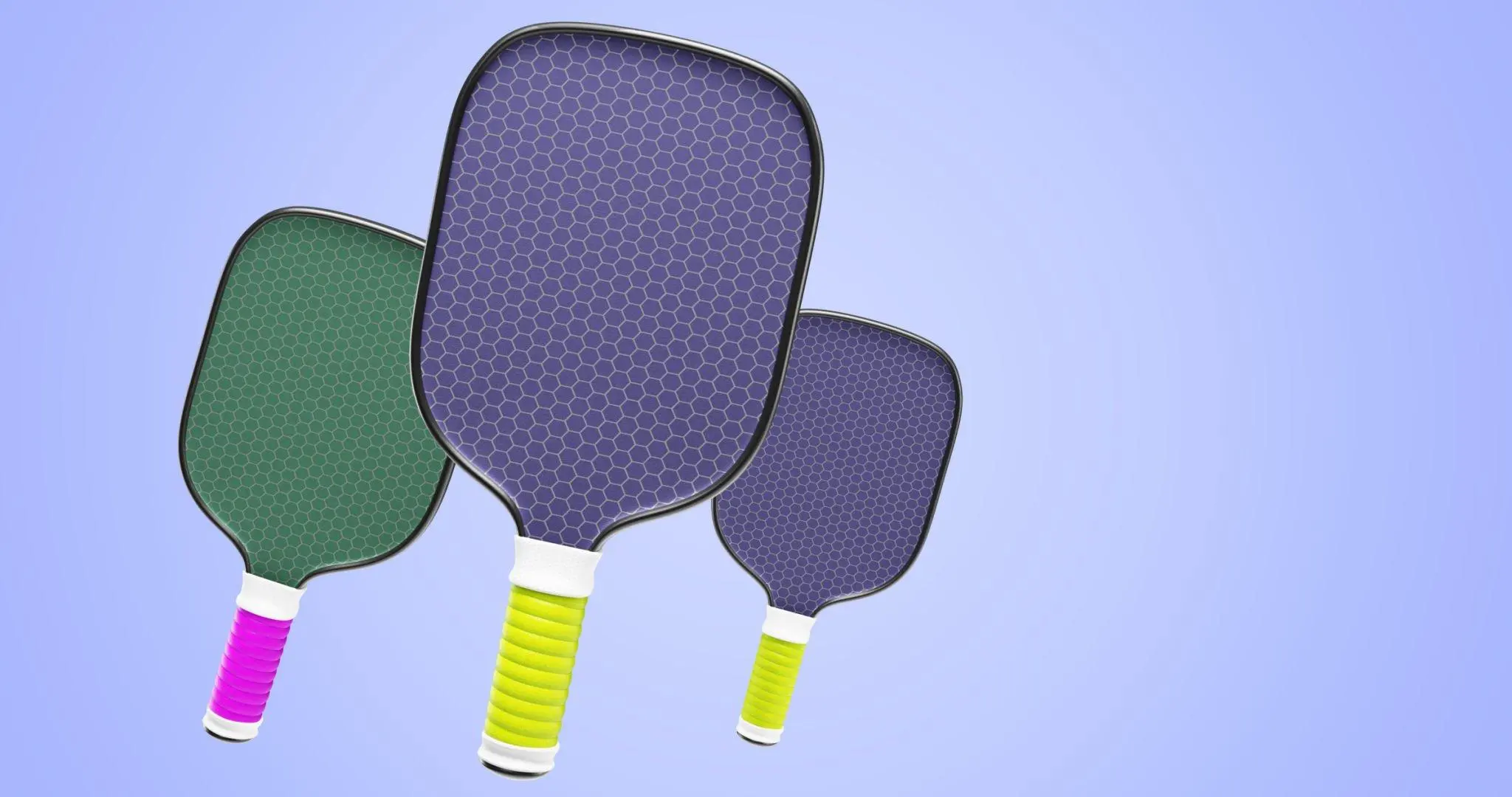The Importance of a Well-Crafted Introduction
Nets are a very important part of practicing softball, baseball, golf, and tennis because they help sharpen skills and improve performance. Nets give players a safe place to practice their shots, swings, and other skills.
But it can take time to decide between indoor and outdoor nets. Each choice has its own benefits and disadvantages. In this piece, we’ll look at the pros and cons of indoor and outdoor nets and talk about what to look for when deciding.
Advantages of Indoor Nets
Convenience
Indoor nets make it easy to practice no matter what the weather is doing. When you set up an indoor net, rain, snow, or high heat won’t stop you from training. It lets players keep up with their practice schedules without interruptions, so their skills keep getting better.
Also Read: Portable Net Size And Indoor/Outdoor Distinctions
Weather Independence
Indoor nets create a climate-controlled area where players can train at any time of the year. This is especially helpful in places with extreme weather, where working outside may be impossible during certain times of the year. With an indoor net, you can work on your game no matter what the weather is like outside.
Safety
Indoor nets are better places to practice, especially for people who are just starting out or working on high-speed shots. The nets are an obstacle that keeps the balls from going where they shouldn’t. This keeps players and close things safe and reduces the chance of accidents and damage to property.
Also Read : Regulations And Safety Guidelines For Portable Pickleball Nets
Disadvantages of Indoor Nets
Space Limitations
Indoor nets are often limited by the amount of room they have. If you only have a small space, you might have to limit the net’s size, making it harder to move around while practicing. This can limit how much you can train and may not be good for some sports that need bigger training places.
Cost
Buying nets, poles, frames, and padding is the first step to setting up an indoor net. Also, ongoing costs like repairs and utility bills to keep the indoor setting comfortable may be ongoing. When choosing between indoor and outdoor nets, the cost should be considered.
Read More: Cost Comparison Of Indoor And Outdoor Pickleball Nets
Lack of Realistic Conditions
Indoor nets can sometimes simulate how the sport is played outside. For example, cricket bowlers may face different elements on the pitch, the wind, or the sun. This lack of realism could make changing and using your skills in real games harder.
Advantages of Outdoor Nets
Realistic Playing Conditions
Outdoor nets are more real because they let athletes feel things like wind, sunlight, and the way the ground is. This helps players adjust their skills to different situations, making them better to do well in real games.
Cost-Effective
Outdoor nets are easier and cheaper to set up and keep up than indoor nets. For outdoor nets, you mostly need a net, some poles, and some pegs. With the right care, outdoor nets can last long, making them affordable.
For More: Cost Comparison Of Indoor And Outdoor Pickleball Nets
Unlimited Space
Outdoor nets are great because you can practice as much as you want. Athletes can fully use the training space, which lets them practice shots or swings that require longer distances. This freedom of room lets players improve their skills and try different ways to play.
Disadvantages of Outdoor Nets
Weather Dependence
One big problem with outdoor nets is that they can only be used when good weather is good. Rain, high temperatures, or strong winds can make outdoor training practices hard to keep up with. Athletes may need to change when or where to practice depending on the weather report.
Safety Concerns
Outdoor nets can be dangerous if they aren’t set up correctly or need more safety measures. Balls can get lost, which can be dangerous for players, onlookers, or property nearby. It is very important that the setup follows safety rules and that the practice area is safe.
For Safety Concerns Read this: Regulations And Safety Guidelines For Portable Pickleball Nets
Limited Usage Time
In some outdoor settings, officials or nearby residents may limit the amount of time you can use a net. Local rules or worries about noise can shorten the length of practice sessions, affecting the intensity and continuity of training.
Key Factors to Take into Account When Selecting Nets
Material
The material of the net is very important to how long it lasts and how well it works. High-quality materials, like nylon or polyester, can withstand wear and tear better, so they last longer. It would help if you had a net with the right size of holes to keep balls from going through or getting stuck.
Also Read: Characteristics Of High-Quality Portable Pickleball Net
Durability
It is important to buy a strong net if you want it to last a long time and save money. The net will last longer if it can withstand the weather, has UV protection, and has reinforced ends. A strong net can keep its shape even after being hit by balls repeatedly.
Read More: Net Durability: Choosing The Right Materials For Indoor And Outdoor Nets
Portability
The net must be portable, especially if you plan to move or carry it a lot. Lightweight nets that are easy to put together and take apart and come with a carry bag or case are easy to move and store.
Also Read:
Comparing A Portable And A Stationary Pickleball Net
FAQs
- Can I use an indoor net outdoors and vice versa?
Using an indoor net outdoors or vice versa is possible, but it might be different. Indoor nets are made for controlled settings, while outdoor nets are made to stand up to the weather. If you use a net where it was made to be used, it will work better and last longer.
- Can I practice bowling with an indoor net?
Yes, you can use an indoor net to get better at bowling. But remember that the conditions inside may differ from those on an open pitch. You should make some changes when moving from an indoor net to a real game.
- Are outdoor nets suitable for windy areas?
Outdoor nets can be suitable for windy areas, but ensuring proper setup and stability is important. Using pegs, weights, or sandbags to secure the net and adjusting the net tension can help mitigate the effects of wind.
- What is the ideal net size for practicing golf swings?
The ideal net size for practicing golf swings may vary depending on the available space and personal preference. However, a net with dimensions of at least 10 feet in height, 10 feet in width, and 3 feet in depth can accommodate most golf swings.
- How often should I replace an outdoor net?
The frequency of net replacement depends on factors such as the quality of the net, the intensity of use, and exposure to weather conditions. Regular inspection for signs of wear and tear, such as fraying or holes, is recommended, and replacement should be done when the net’s integrity is compromised.
Final thoughts
Whether you want an indoor or an outdoor net depends on several factors and your tastes. Indoor nets are easy to use, don’t rely on the weather, and are safe. On the other hand, outdoor nets are more realistic, cheaper, and have more space.
When choosing a net, it’s important to consider the material, how long it will last, and how easy it is to carry. By weighing the pros and cons along with the specific needs of your sport, you can make a choice that fits your needs and budget.
